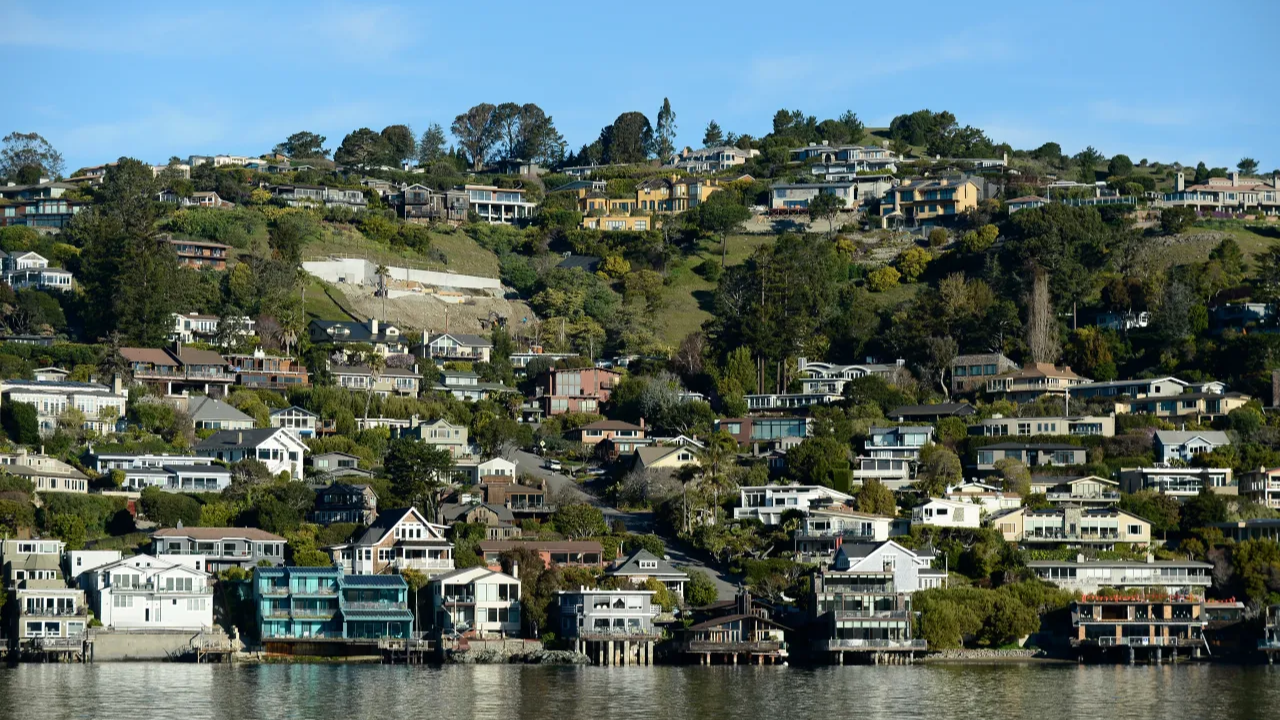In the Bay Area, 1 in 4 millennials (and 3 in 4 Gen Zers) still live at home
High cost of housing is keeping young adults with their parents longer than past generations
BY Ethan Varian | The Mercury News
After Kelly Zhao earned a master’s degree in ethnic studies from UCLA last year, she followed the lead of so many other young graduates thrust into a competitive job market: She moved back in with her parents while she looked for work.
Upon returning to her childhood home in Pittsburg, Zhao, 25, soon found a job with a local advocacy group, making around $70,000 a year. But even then, she said, renting an apartment just doesn’t make financial sense right now, especially while contributing around $1,500 a month toward her parents’ mortgage.
“I realized that it’s going to be really hard to move out,” said Zhao, whose younger sister, also in her 20s, lives with the family, too. “I think I’ll be at home at least for another year or two. That’s just something that I expect.”
Zhao’s dad is ill and struggling to make ends meet, and she anticipates continuing to help with the home loan even after she eventually finds a place of her own.
For many Bay Area millennials (defined here as ages 27 to 42) and members of Generation Z (ages 18 to 26), the high cost of housing, mounting student debt and family obligations are among the reasons keeping them in their parents’ homes longer than past generations. The sudden economic upheaval of the pandemic also forced many to move in with family.
According to a new report by RentCafe, one in four Bay Area millennials and three-quarters of those in the Gen Z camp live in multigenerational households. That’s significantly higher levels than the rest of the country.
Even more younger adults live with family across Southern California. In the Los Angeles metro area, where housing costs are lower but so are typical household incomes, 35% of millennials and 81% of Gen Zers live in multigenerational homes.
Nationwide, one in five millennials and two-thirds of Gen Zers live with family.
The local disparity is a clear result of the Bay Area’s chronic housing shortage, said Matthew Lewis, communications director with the pro-housing group California YIMBY. After decades of rapid growth, the region’s building boom ground to a halt in the 1970s. That wasn’t much of a problem, until another boom, this time technology, brought a flood of new, high-paying jobs, sending rents and home prices soaring, Lewis said.
“We’re now in the third generation of Bay Area residents who’ve lived in periods with the lowest rate of homebuilding just about anywhere in the country,” Lewis said.
A severe lack of affordably priced housing — the median one-bedroom apartment rent tops $2,000 a month in the Bay Area, and the typical home price is above $1 million — is leading many younger adults to delay leaving home or starting a family, or to move to less expensive areas, Lewis said. That’s draining the local workforce, school districts and health care systems necessary to support an aging population.
“That’s the definition of shutting down economic mobility,” Lewis said.
But after many years of intense neighborhood opposition to new development, state officials have made jumpstarting home construction a top priority. Over some residents’ worries about congestion, fire risk and the character of their communities, the state has phased in a raft of new policies to loosen development restrictions and stop local governments from blocking many housing projects — while also seeking to unlock funding for desperately needed low-income homes.
These days, however, stubbornly high interest rates and an uncertain economy are now stalling homebuilding across the Bay Area. Still, some developers are moving forward with large downtown housing projects, betting that many 20-somethings, who may have lived at home or avoided big cities during the pandemic, are finally ready to flee the suburbs, said Doug Ressler, an analyst with Yardi Matrix, which owns RentCafe, an apartment listing service.
 “You are going to see migration back into the city with Z-type renters,” said Ressler, citing a proposal for a high-rise apartment tower in San Francisco that would be the city’s third tallest building.
“You are going to see migration back into the city with Z-type renters,” said Ressler, citing a proposal for a high-rise apartment tower in San Francisco that would be the city’s third tallest building.
While young tech workers can earn well above six figures and afford a luxury space, for Zhao, it’s hard to imagine many in her community being able to move to a downtown high-rise.
As a campaign coordinator with East Bay Alliance for a Sustainable Economy, she recalled recently meeting with one of three families crammed into a two-bedroom apartment in Concord.
“The son is around my age,” she said. “He doesn’t even live there full time, but he has to contribute to rent to support his parents.”




